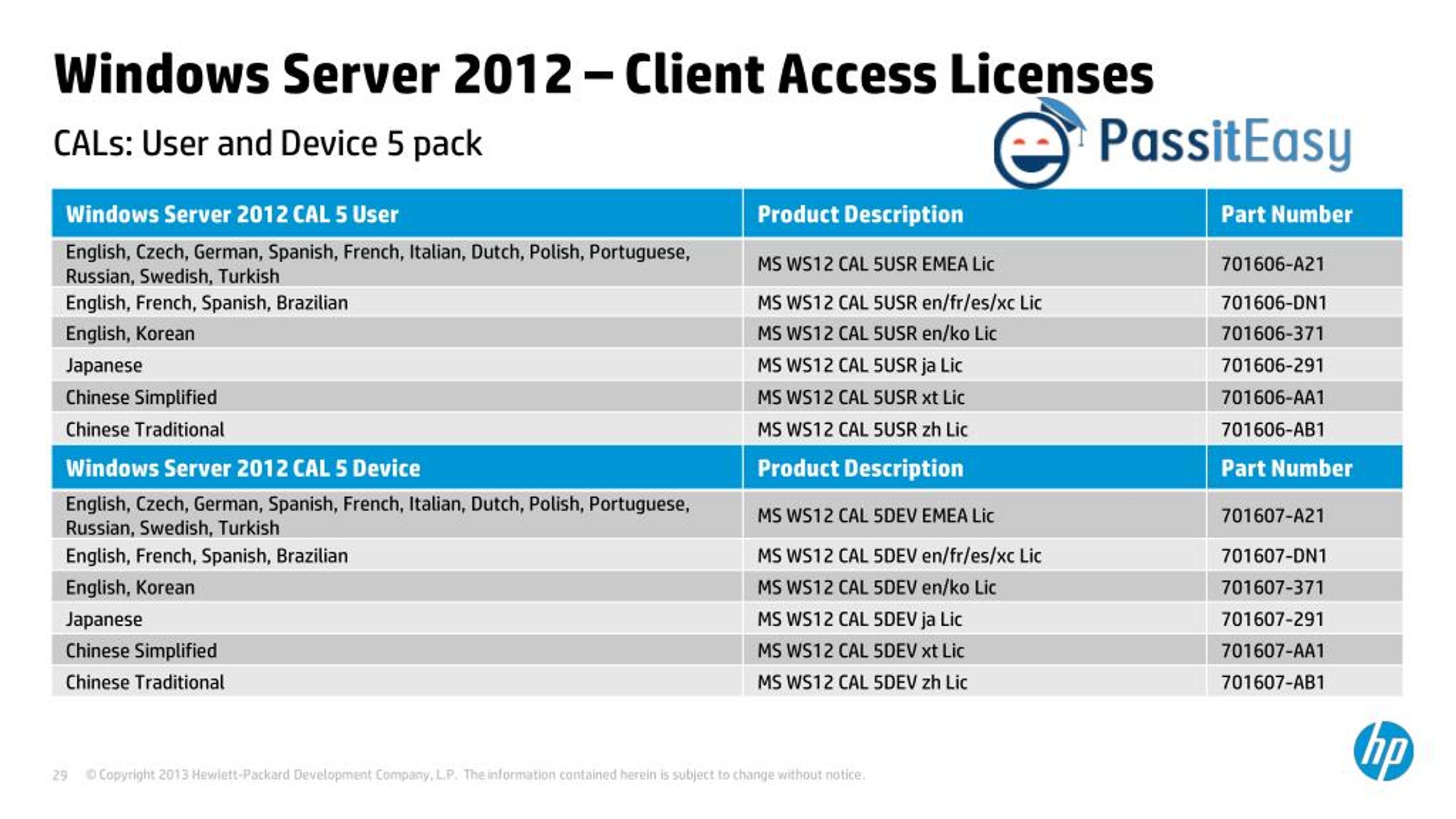Unlocking the Future: Mastering Client Access Licenses (CALs) for Your Servers
In today's digital landscape, understanding the intricacies of client access licenses, commonly known as CALs, is essential for businesses operating servers. As organizations increasingly rely on server-based applications and services, having a clear grasp of how CALs function can make a significant difference in managing costs and ensuring compliance. Whether you are a small enterprise or a large corporation, navigating the licensing landscape can be a daunting task, but with the right knowledge, you can unlock the full potential of your server environment.
Client access licenses serve as an essential component of server management, dictating how users connect and utilize the resources and services your servers provide. These licenses are not just bureaucratic hurdles; they play a critical role in maintaining security, ensuring proper resource usage, and optimizing costs. By mastering CALs, organizations can enhance their operational efficiency while remaining compliant with software requirements. In this article, we will explore the various aspects of CALs, their types, and best practices for implementation, giving you the tools you need to manage your server access effectively.

Understanding Client Access Licenses (CALs)
Client Access Licenses, commonly referred to as CALs, are essential components in managing access to servers in a networked environment. softwareindustrie24 are licenses that grant users or devices the right to access the services and resources offered by a server. Essentially, CALs ensure that organizations are compliant with the licensing agreements of software manufacturers while enabling clients to utilize server functionalities effectively.
There are two primary types of CALs: User CALs and Device CALs. User CALs allow a single user to access the server from any device, making them ideal for businesses where employees frequently switch devices. On the other hand, Device CALs permit a specific device to connect to the server, regardless of how many users operate that device. Understanding the difference between these types is crucial for businesses to determine which license model best suits their operational needs.
The importance of CALs extends beyond compliance; they play a vital role in resource management and optimization. Organizations must carefully assess their user base and access patterns to determine the number of CALs required. Properly managing CALs helps businesses avoid over-licensing, which can lead to unnecessary costs, as well as under-licensing, which can result in legal repercussions and penalties.
Types of CALs and Their Applications
Client Access Licenses, commonly known as CALs, come in several types, each tailored to meet specific business needs. The two primary types are User CALs and Device CALs. User CALs allow a single user to access the server from any device, making them ideal for environments where employees work remotely or utilize multiple devices. Conversely, Device CALs permit multiple users to access the server from a specific device, which is advantageous in scenarios where many shift workers share the same hardware.
Another important category is the External Connector CAL. This license enables external users, such as customers or partners, to access the server without needing individual CALs. This type is particularly useful for organizations needing to provide access to large numbers of external users, as it simplifies license management and can reduce overall costs. Each organization must evaluate its unique access needs and user patterns to determine the most suitable CAL type.
Additionally, there are special CALs for specific applications and features. For instance, Microsoft offers CALs for its SharePoint and SQL Server products, which may have their own licensing requirements and capabilities. These specialized CALs often provide additional functionality that enhances collaboration or data management, ensuring that businesses can leverage their server investments effectively while remaining compliant with licensing agreements.
Best Practices for Managing CALs
Effectively managing Client Access Licenses is crucial for ensuring compliance and optimizing costs. One of the best practices is to keep a detailed inventory of all CALs in use. This involves regularly auditing both user and device licenses to track who has access to which server resources. An accurate inventory helps identify any over-licensing or under-licensing issues and assists in making informed decisions when it comes to future purchases or renewals.
Another important aspect is to align CAL management with your organization's growth strategy. As your company expands, the number of users and devices accessing your servers may increase, necessitating the acquisition of additional CALs. By forecasting your licensing needs based on projected growth, you can avoid the risks associated with unexpected compliance issues. Establishing a review process every few months can ensure that your licensing strategy remains in sync with organizational changes.
Training the IT staff on CAL management is also vital. Educating your team about the different types of CALs—such as user CALs versus device CALs—and the specific server requirements can prevent costly mistakes. Regular training sessions and providing resources related to license management can empower your staff to manage CALs more efficiently, ensuring that your organization remains compliant while optimizing license utilization.